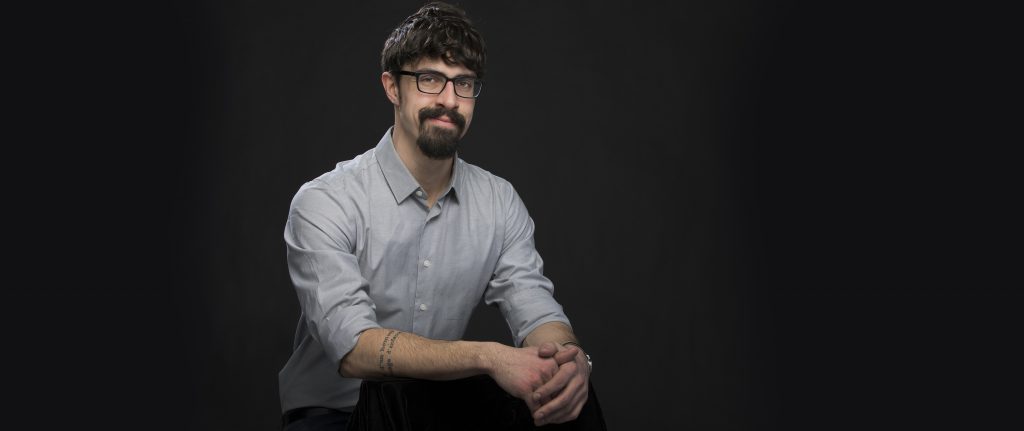Graduate Student Spotlight: Allain Daigle
PhD student in Media, Cinema and Digital Studies
My research tells the story of how lenses became cinema lenses. While lenses are essential for film production, we know very little about the early history of cinema lenses. Rather than just focusing on which lenses were used on certain movies, I recount the history of how lens production became an industry. Lenses were once ground by hand, but between the 1880s and the 1920s, lens production shifted from an artisanal craft to a commercial industry. By looking at how companies created lenses for film production and projection, I expand early film history to account for the creative work of opticians, engineers, advertisers, and scientists.
This history of “cinema lenses” gives us a new perspective on ideas central to film studies: perspective, objectivity, subjectivity, and realism. I examine four influential optical companies in Germany (Zeiss), France (E. Krauss), the United States (Bausch & Lomb), and England (Taylor-Hobson). While each of these companies supplied lenses for motion picture use, the lenses were discussed and used in each country in very different ways. By examining lens producers alongside film history, we can see that lenses were not just the product of remarkable inventors or ever-improving designs. As I came to discover, lenses were in fact shaped by a wide range of debates (social, cultural, and industrial) about the role that sight played in 19th and 20th century life.
